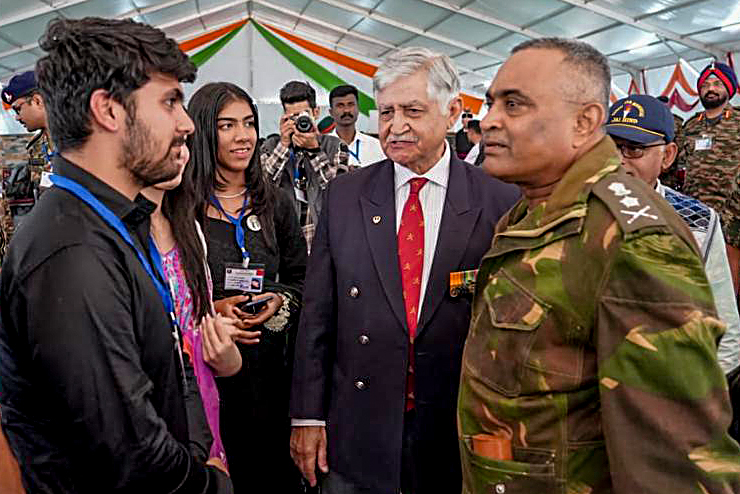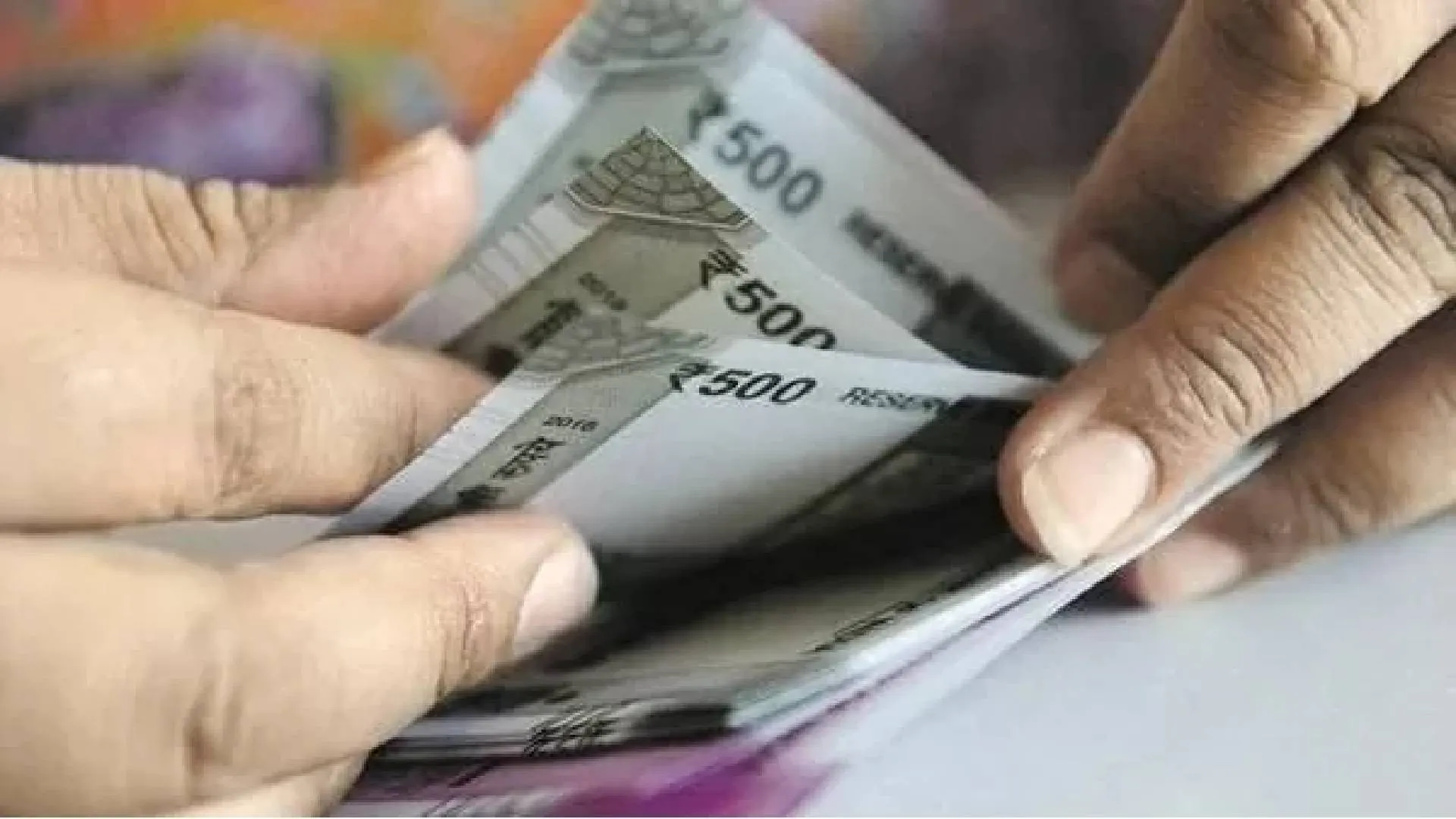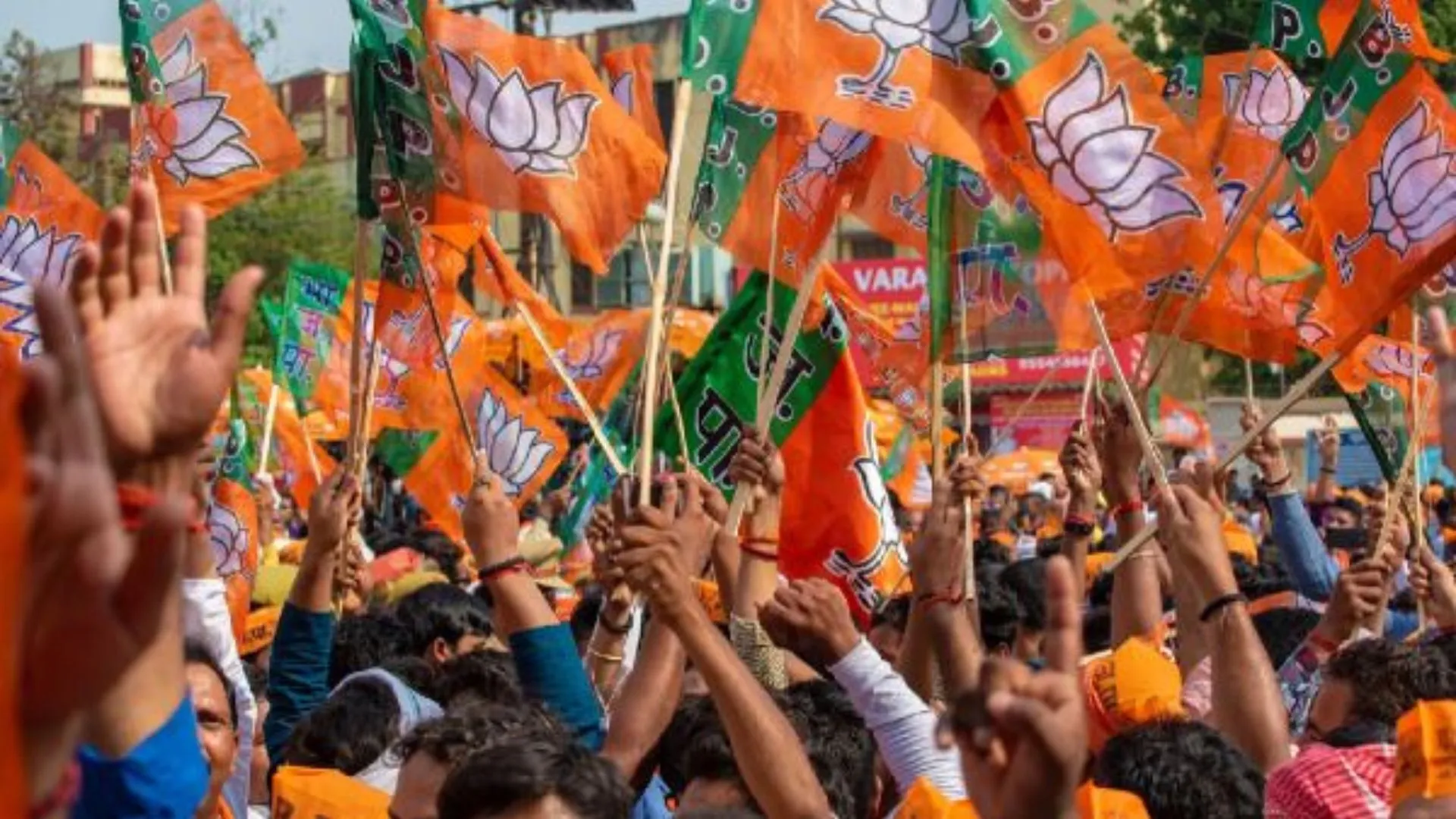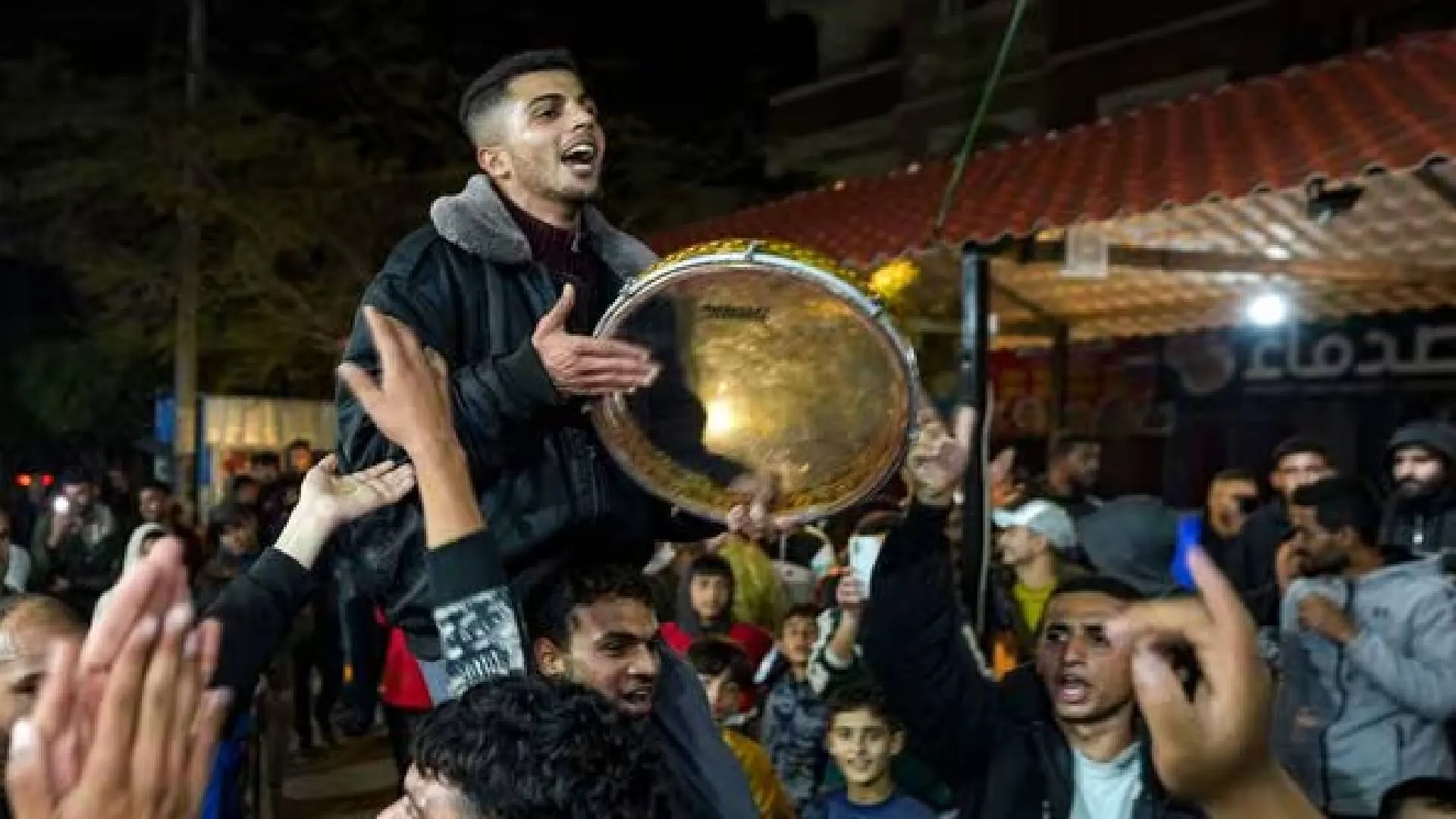During the winter of 1998-1999, the Pakistani armed forces covertly trained and deployed troops to cross the Line of Control (LOC) and seize fortified positions that overlooked NH 1A in the Dras and Batalik Sectors of Kargil, Ladakh region. Their objective was to gain control over both military and civilian movements in the area.
At the outset, the Indian troops believed that the infiltrators were terrorists or ‘jihadis’ with a radical agenda. However, as events unfolded, it became evident that the attack was part of a larger and more organised plan. In response, the Indian side was compelled to retaliate and deploy a massive force of over 200,000 Indian troops in the region.
The conflict began in early May when the Indian military learned that Pakistani fighters had infiltrated the Indian-administered territory. After detecting the infiltration, India ordered its army and air force to push back the intruders, who included regulars of the Pakistani army. The bitter fighting took place in harsh terrain 5,000 metres (16,400 feet) above sea level while intensive diplomatic activity took place elsewhere. Pakistani Foreign Minister Sartaj Aziz visited New Delhi on June 12, but his talks with Indian External Affairs Minister Jaswant Singh failed to produce results. Meetings of military leaders from both countries followed, and in the weeks ahead the international community asserted the need for Pakistan to return to the line of control. Eventually, on July 11, Pakistani Prime Minister Nawaz Sharif announced that the militants would withdraw, and India gave them until July 16 to do so. Sporadic fighting continued even after the deadline,

















